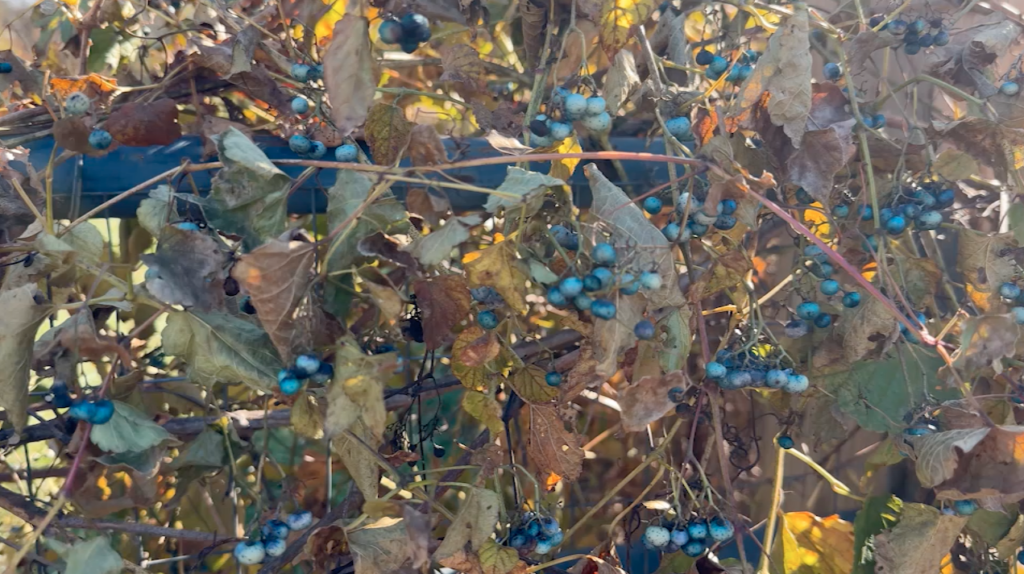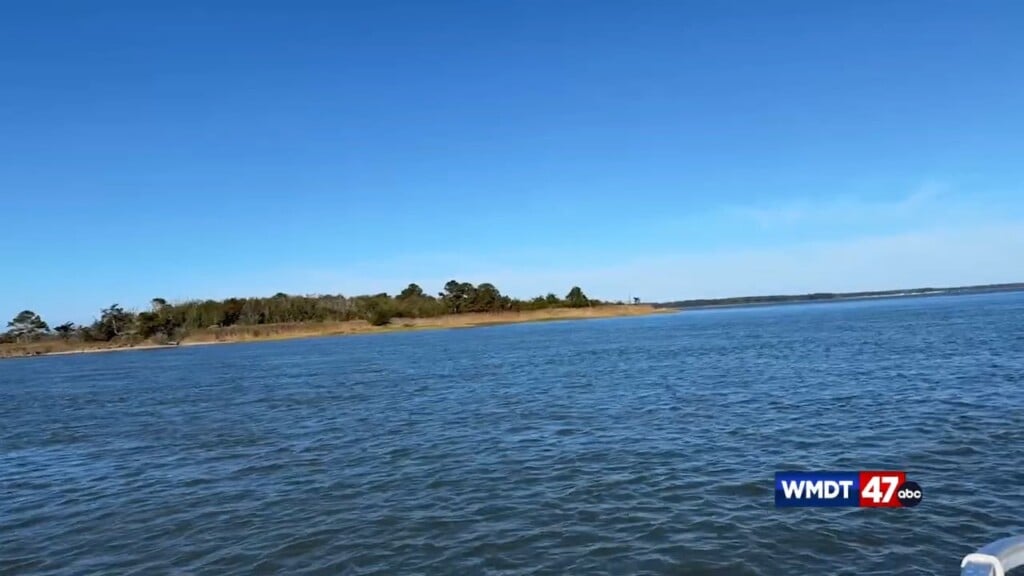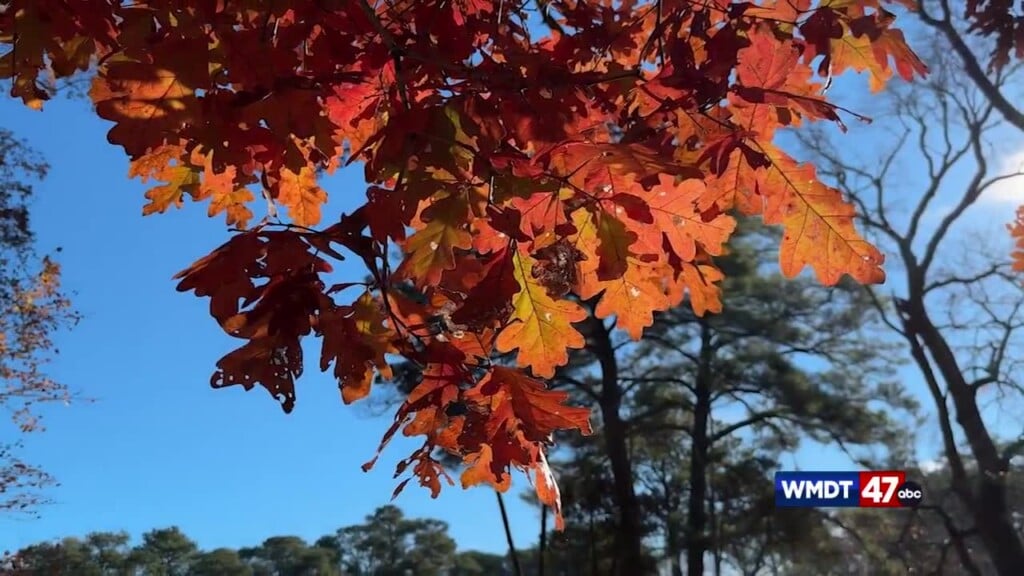Live Green: Wicomico River Creek Watchers
QUANTICO, Md – Since 2003, the Wicomico River Creek Watchers has been monitoring the health of our watershed across Wicomico and Somerset County.
I talked with Dr. Jennifer Nyland at Pirates Wharf park. She is a professor at Salisbury University and also leads the lab analysis portion of Creek Watchers. The group tests for water clarity and temperature and air temperature with a field sheet. Her and 55 volunteers also measure nutrients such as nitrogen, phosphorus, nitrate and phosphate. Once everything is tested, the samples are brought back to the lab which is on Salisbury University’s campus.
“There are 26 sites that a team of volunteers all go out to.” Nyland said.
She walked me through sampling at Pirates Wharf.
“I have calibrated thermometers that everyone is using. So the first thing folks have to do is, you know, put on their protective gear. So sun hats or waders or whatever it is that you’re using to to go out into the field,” Nyland explained. “Then we’ll use that thermometer to measure the air temperature, water temperature. Then we have two bottles that everyone is bringing water samples back in. So one of those is a glass bottle that you just need to dip it into the water and get sort of as far away from the surface as you can. You want it to be just a contained water sample. Then we have another one that I’ve sterilized, and we use that one for measuring bacteria in the river.”
The final thing Nyland did was measure the clarity of the water with a psyche disk. “This has black and white and I’m lowering it to see if I can’t tell the difference – along this cord are different measurements.”
Creek Watchers is consistently putting out monthly and annual reports, and if they see high levels, they bring that information back to stakeholders and local government agencies.


